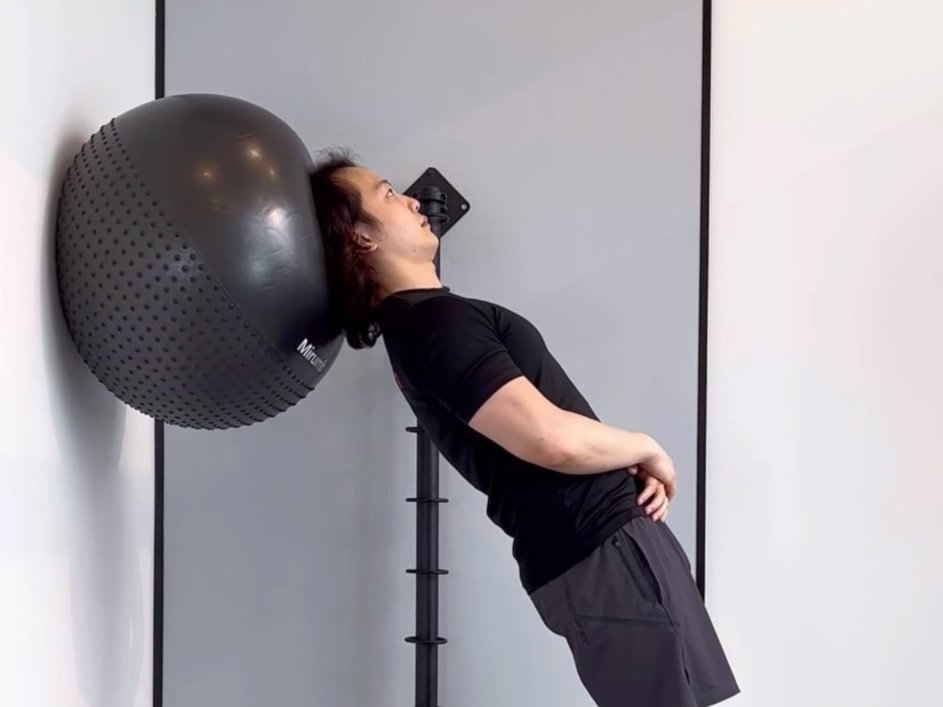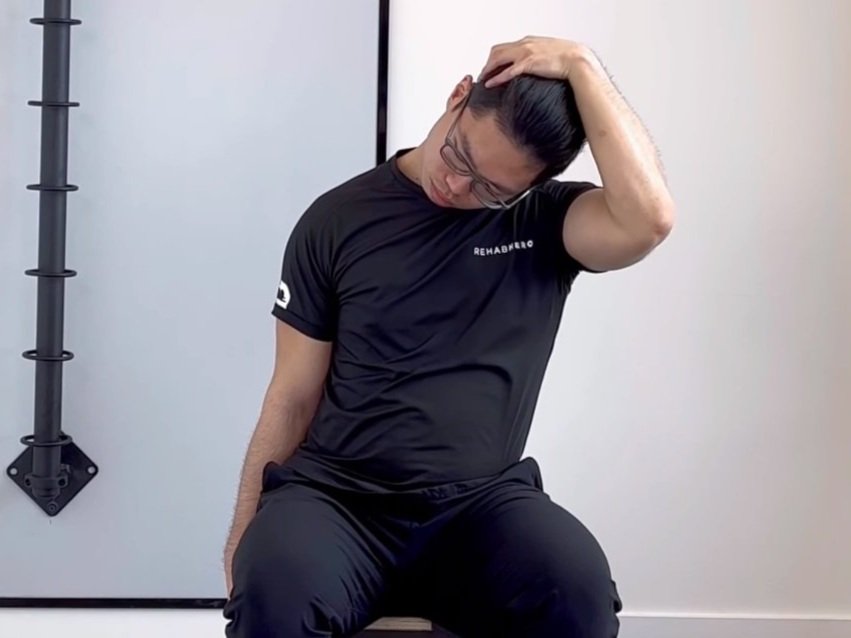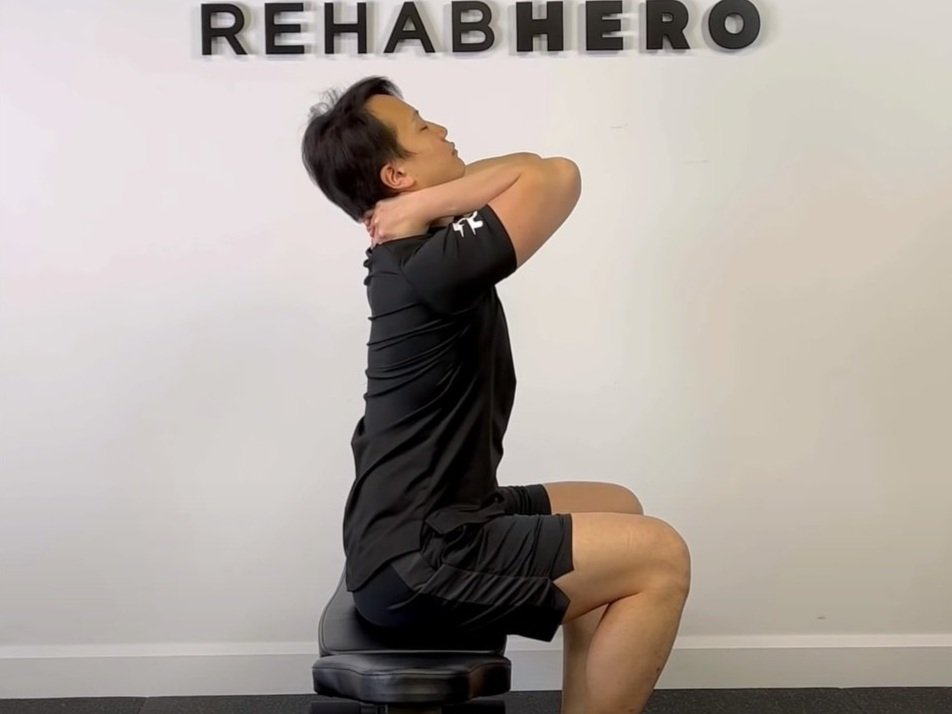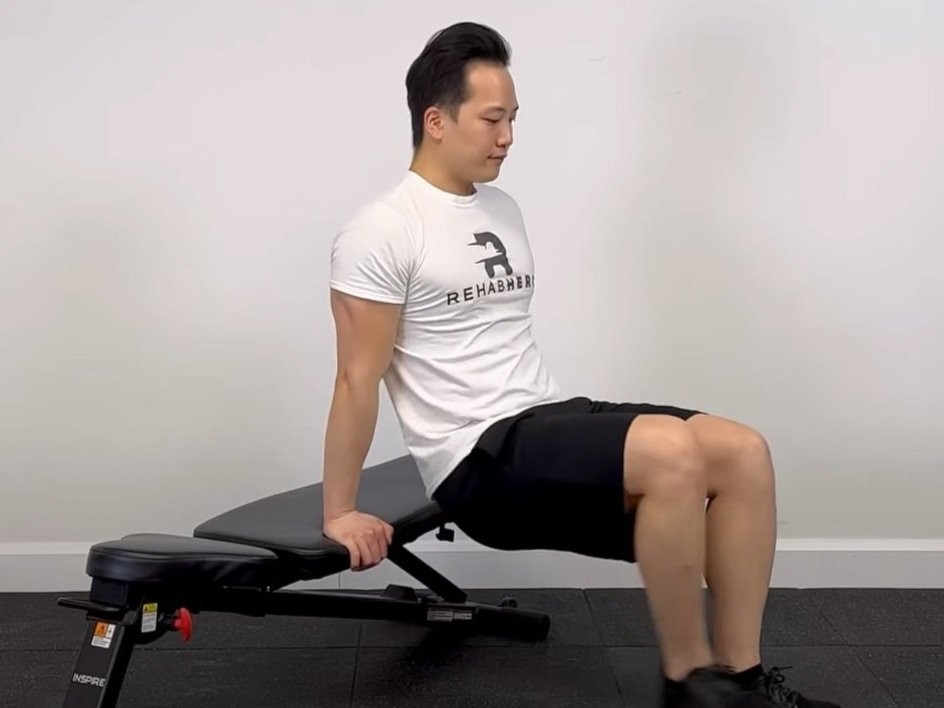Neck Adjustments
Cervical Spinal Manipulation
Do chiropractic neck adjustments help with neck pain?
What is a neck adjustment?
Neck adjustment is slang for cervical spinal manipulation. A spinal manipulation is a high velocity low amplitude (HVLA) joint mobilization technique that is used to move a joint beyond its normal physiological range. In this respect, it is considered a higher grade joint mobilization technique. Joint mobilizations are gentle and slow techniques used to move a joint within it’s normal physiological range. The benefits of joint mobilization and joint manipulation include circulation of synovial fluid (for better recovery via nutrient delivery), pain relief, and increased range of motion.
Cervical spinal manipulation is typically used by chiropractors for the treatment of neck pain and headaches but may also be used by FCAMPT physiotherapists as well. Cervical spine joint mobilizations can be used by both professions and registered massage therapists.
Currently there is moderate to low-quality evidence for the advocacy of cervical spinal manipulation therapy (SMT) for the treatment of neck pain (1). Local discomfort for 24 hours is the most common adverse reaction of cervical SMT that occurs in up to half of the patients. A rarer more complicated adverse reaction is vertebrobasilar stroke (1).
How strong is the research?
A systematic review had determined that the level of evidence for acute neck pain was inconclusive in the short term, with no long-term outcomes in evidence (2). For persistent neck pain, there is moderate evidence indicating that both SMT and mobilizations were superior to general medical practice for short-term improvements in physical functioning, and equal to rehabilitative exercises in the short and long term (2).
There is moderate evidence that mobilizations are superior to physical therapy for short and long term pain control, and superior to medical care in the short-term for mixed chronic and acute pain.
There is also moderate evidence that SMT is similar to mobilizations in the short and long term. Overall, it was advised that clinicians proceed with caution when interpreting RCT’s on the efficacy of SMT for neck pain due to the overall low quality of evidence provided (2).
What are the risks of neck adjustments?
Adverse reactions from cervical SMT can be further divided into three subcategories. The first is benign transient side effects which include local muscle soreness and joint soreness, both of which rarely lead to short term irritation of function (2). The second category is reversible serious complications which are considered uncommon. These complications include progression of neurological deficits due to disc herniation (2). The final category is irreversible complications which are considered extremely rare (2). These complications include misdiagnosed and delayed optimal treatment for cancers, and cerebrovascular complications (which occur approximately 1 in 1 million cervical manipulations).
What are the guidelines around cervical spinal manipulation?
The current Canadian Chiropractic Guideline Initiative recommends the use of cervical manipulation or mobilization for NAD I-II of recent onset when combined with multimodal care and range of motion home exercises (3). Manipulation in conjunction with soft tissue therapy, multimodal care, stress-self management, high dose massage, supervised group/ yoga/ strengthening/ home exercise, or mixed supervised and unsupervised high-intensity strength training or advice for workers with persistent neck and shoulder pain (3).
Written By:
Dr. David Song, Chiropractor, Rehab Coach
References
1. Smith J, Bolton P. What Are the Clinical Criteria Justifying Spinal Manipulative Therapy for Neck Pain?- A Systematic Review of Randomized Controlled Trials. Pain Medicine [serial on the Internet]. (2013, Apr), [cited November 7, 2017]; 14(4): 460-468. Available from: SPORTDiscus with Full Text.
2. Bronfort G, Haas M, Evans R, Bouter L. Review Article: Efficacy of spinal manipulation and mobilization for low back pain and neck pain: a systematic review and best evidence synthesis. The Spine Journal [serial on the Internet]. (2004, Jan 1), [cited November 7, 2017]; 4335-356. Available from: ScienceDirect.
3. Canadian Chiropractic Guideline Initiative. Algorithm for Neck Pain and Associated Disorders (grades I-III). https://www.chiropractic.ca/wp-content/uploads/2016/11/Algorithm-Grades-I-III-NAD-with-title-261016.pdf (accessed 07 November 2017)
4. Kennell K, Daghfal M, Patel S, DeSanto J, Waterman G, DeSanto J, et al. Cervical artery dissection related to chiropractic manipulation: One institution's experience: This study suggests that patients considering chiropractic cervical spine manipulation should be advised of the risks of potential arterial dissection and stroke. Journal Of Family Practice [serial on the Internet]. (2017, Sep), [cited November 9, 2017]; 66(9): 556-562. Available from: CINAHL Plus with Full Text.
5. Kranenburg H, Schmitt M, Puentedura E, Luijckx G, van der Schans C. Adverse events associated with the use of cervical spine manipulation or mobilization and patient characteristics: A systematic review. Musculoskeletal Science & Practice [serial on the Internet]. (2017, Apr), [cited November 9, 2017]; 2832-38. Available from: MEDLINE with Full Text.






















